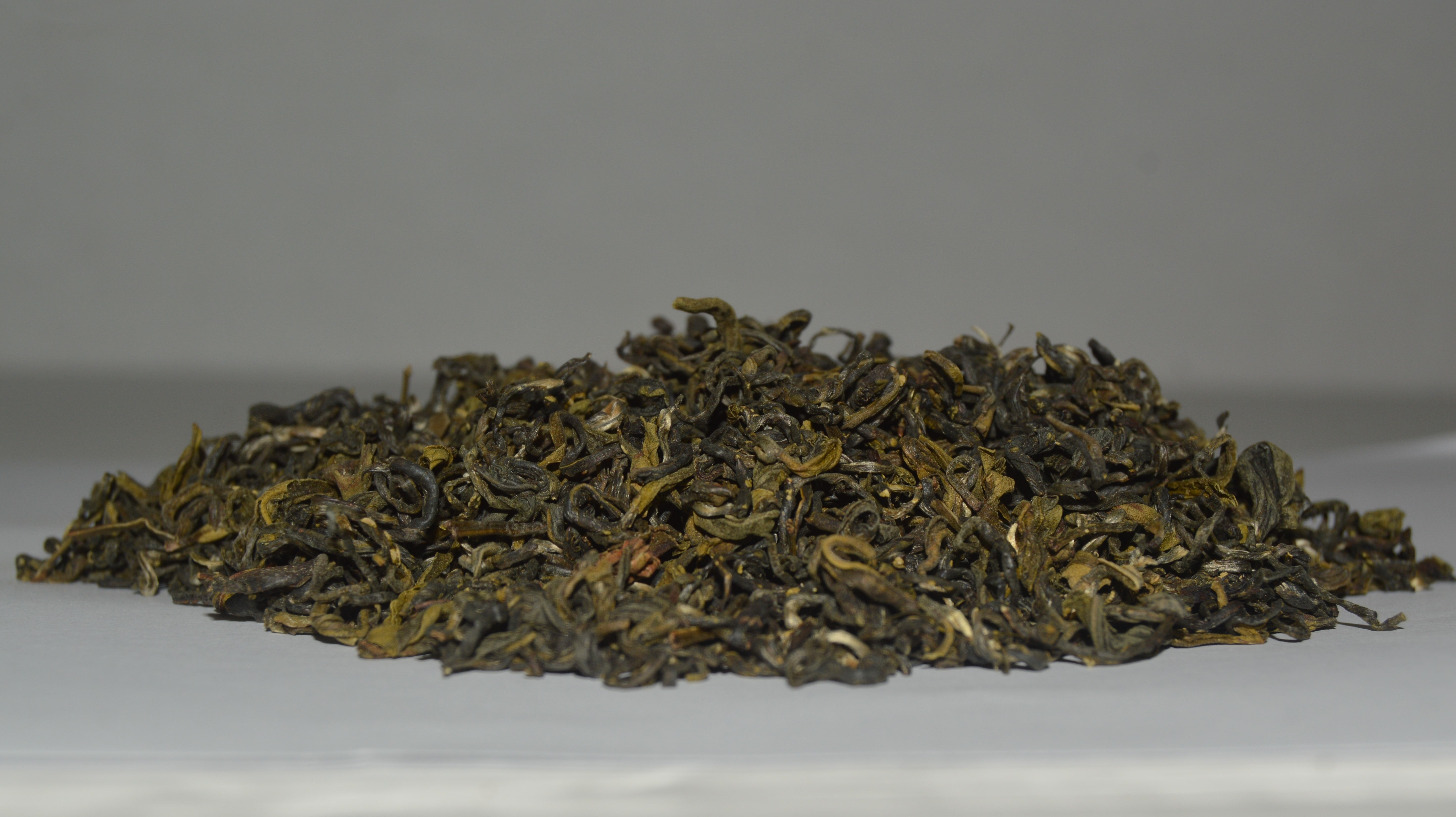Welcome to the fascinating world of green tea! As the leaves unfurl and the aroma envelops your senses, let’s delve into the intricate dance of preserving this delicate elixir.
Unique Processing Steps for Green Tea
- Plucking: It all begins in the tea gardens. Tender, young leaves are carefully handpicked, ensuring only the topmost shoots are selected.
- Withering: Unlike black tea, green tea leaves undergo minimal oxidation. They’re spread out to wither, allowing moisture to evaporate gently.
- Heat Treatment: The magic lies in heat! Green tea leaves are either steamed (Japanese style) or pan-fired (Chinese style). This halts oxidation, preserving their vibrant green color and fresh flavor.
- Rolling: The leaves are gently rolled to shape them. This step enhances the tea’s aroma and flavor.
- Drying: The final touch—drying the leaves to lock in their essence. Sun-drying or machine drying completes the process.
Green vs. Black Tea Production
- Oxidation: Green tea is minimally oxidized, while black tea undergoes full oxidation.
- Flavor: Green tea boasts a grassy, vegetal taste, whereas black tea is robust and malty.
- Color: Green tea’s verdant hue stands in contrast to black tea’s dark amber color.
Preserving Green Tea’s Vibrancy
- Storage: Keep green tea away from strong odors and humidity. Airtight containers in a cool, dark place work wonders.
- Consumption: Freshness matters! Consume green tea within a year of purchase for optimal flavor.
- Brewing: Use water just below boiling point (around 175°F or 80°C) to avoid bitterness. Steep for 2–3 minutes.
- Enjoy: Sip mindfully, savoring the delicate balance of nature’s gift.
FAQs: Green Tea
- Is green tea caffeinated?
- Yes, but it contains less caffeine than black tea or coffee.
- Can I reuse green tea leaves?
- Absolutely! Multiple infusions reveal different flavors.
- Does green tea have health benefits?
- Yes! Antioxidants, metabolism boost, and potential disease prevention.
- What’s the best time to drink green tea?
- Morning or afternoon—avoid before bedtime due to its mild caffeine content.
- How do I store green tea?
- In an airtight container away from light, heat, and strong odors.
- What’s the ideal water temperature for brewing?
- Around 175°F (80°C).
- Can I add milk to green tea?
- Traditionally, no. But personal preference rules!
- Is matcha a type of green tea?
- Yes! Matcha is powdered green tea.
- Why does green tea taste bitter sometimes?
- Oversteeping or too hot water can cause bitterness.
- What’s the secret to a perfect cup of green tea?
- Fresh leaves, mindful brewing, and appreciation for nature’s artistry.
Authored By:
Bhaskar Dahal
2nd Generation Tea Entrepreneur
Founder and C.E.O, Nepal Hills Tea Inc.




